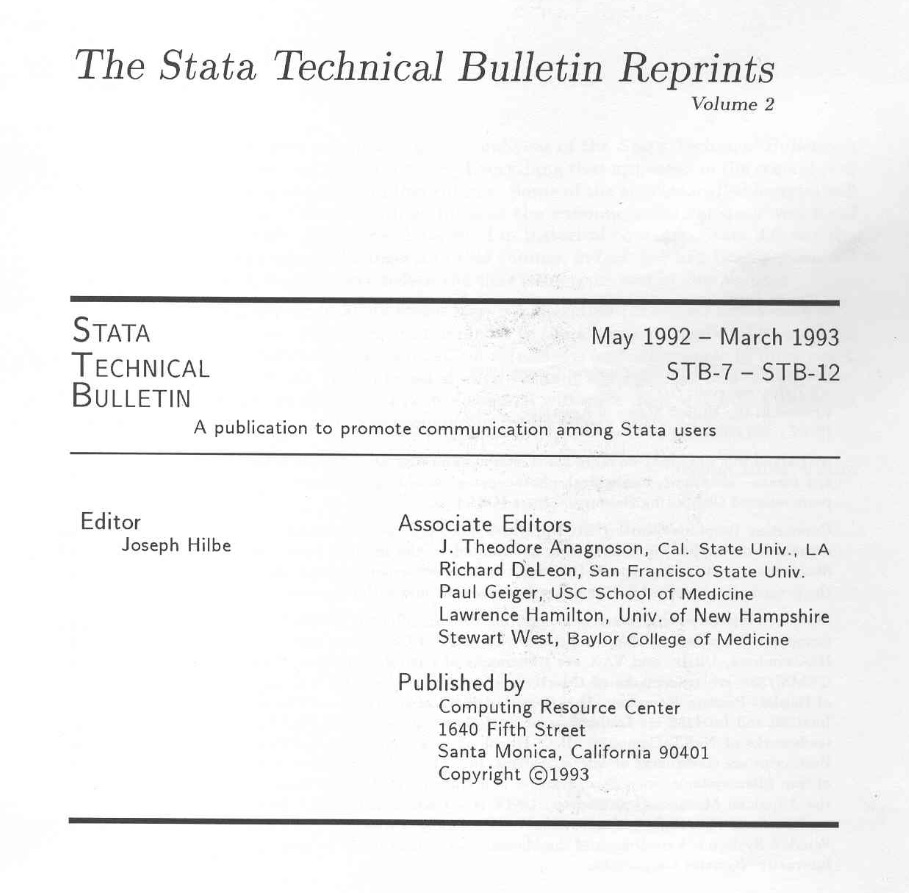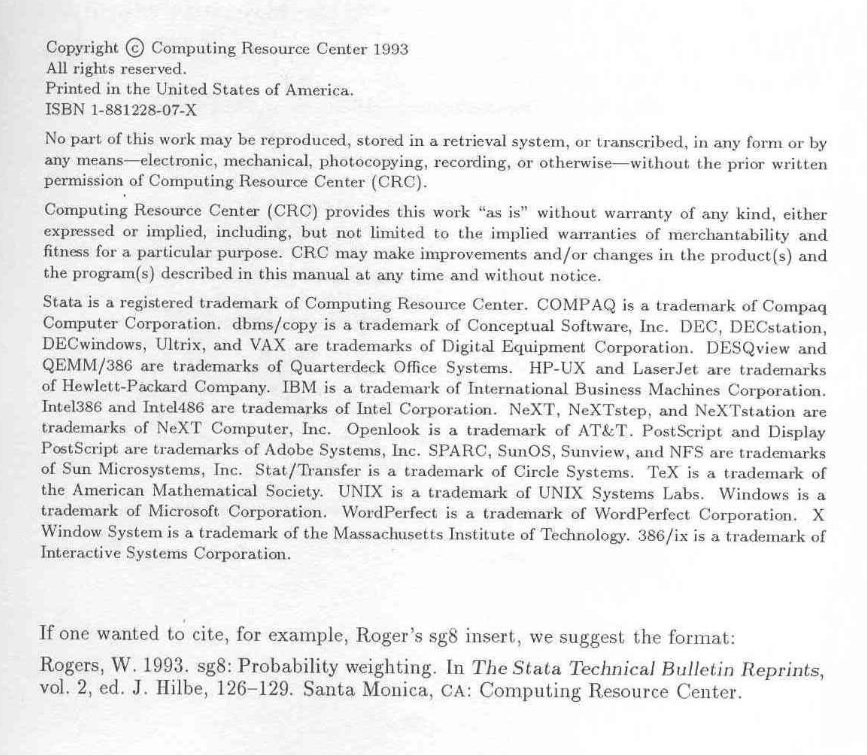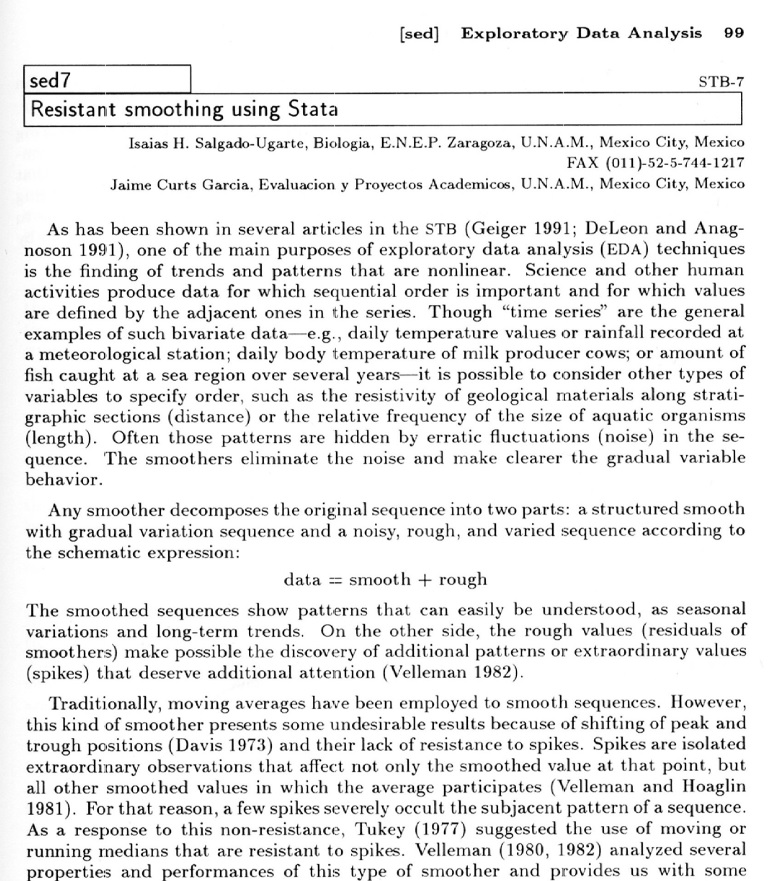
As has been shown in several articles in the STB (Geiger 1991; DeLeon and Anagnoson 1991), one of the main purposes of exploratory data analysis (EDA) techniques is the finding of trends and patterns that are nonlinear. Science and other human activities produce data for which sequential order is important and for which values are defined by the adjacent ones in the series. Though “time series” are the general examples of such bivariate data—e.g., daily temperature values or rainfall recorded at a meteorological station; daily body temperature of milk producer cows; or amount of fish caught at a sea region over several years—it is possible to consider other types of variables to specify order, such as the resistivity of geological materials along stratigraphic sections (distance) or the relative frequency of the size of aquatic organisms (length). Often those patterns are hidden by erratic fluctuations (noise) in the sequence. The smoothers eliminate the noise and make clearer the gradual variable behavior.

